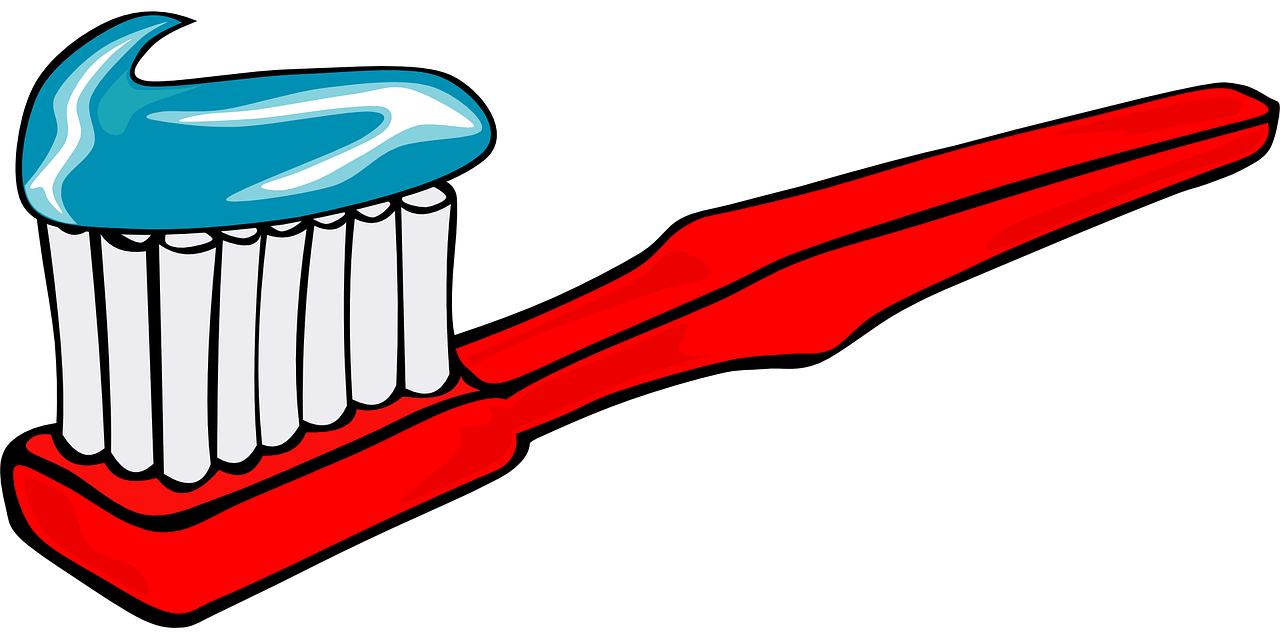Gum lifting to combat gum recession
Do your gums bleed from time to time after brushing your teeth? Do you sometimes decry reddened gums? Generally, both happens from time to time and does not necessarily have to be a sign of a problem. In some cases, however, one or both symptoms may be indicators of a gum inflammation that may lead to gum line recession. This condition can increase the sensitivity of teeth to cold and hot foods and drinks significantly and thereby reduce the quality of life of a suffering patient. Pretty concerning, right? Let’s find out more about this then.What is gum recession?
Gum recession is a problem from both an aesthetic and a medical point of view because it makes the exposed necks of teeth not only look unattractive but also susceptible to dental diseases. During the beginning period of gum recession the gum layer over the teeth becomes thinner and thinner and thereby exposes tooth necks and tooth roots to an increasing number of external influences such as cold or hot foods and drinks. On top of that, a receding gum line leaves gaps in between teeth and also creates openings towards the tooth root which can fill up with bacteria and which can cause dental diseases. When gum line recession is not recognized soon enough, it can increase the risk of periodontitis and, in the worst case, lead to the reduction of bone mass and cause tooth loss.
One of the biggest problems of gum recession is the fact that it is, at first, not painful at all and, therefore, very difficult to notice. Therefore, it is often much too late when a patient notices such a condition based on pain alone because, by then, the tooth roots will have already been exposed.
How can I stop gum recession?
To keep your gums in perfect health, excellent and regular care with a toothbrush and dental floss is indispensable. Don't forget: once the gum line has receded, it will not grow back by itself and has to be repaired by a dentist via one or more procedures:Tooth neck filling
- Description: Most frequently used method that can be used for already damaged tooth roots (e.g., in cases of root caries). All kinds of dental defects are repaired through the use of composite and cement fillings (or with crowns and veneers in especially tough cases).
- Efficacy: Removes the symptoms, but not the causes of gum recession and is also followed by an irreversible loss of dental mass. Also, it is in most cases very aesthetically unpleasing.
- Description: Also called “free mucosa transplant" and includes a transplant of a piece of gum from the roof of the mouth that is fixed in the to-be-treated places by stitches until the wound is healed.
- Efficacy: Very painful and plagued by a high failure rate. Also, very few teeth can be treated by this procedure at once and small differences in the tissue color of the transplanted gum flesh can look aesthetically unpleasing.
- Description: After carefully raising the gum line from the jaw bone, the dentist pulls it up and reconnects it to the tooth via an inserted membrane through the use of special instruments. Roughly 8-12 weeks later, the membrane material is replaced by the re-growing gums.
- Efficacy: In general, pain-free (requires only local anesthesia) and only leads to limited swelling, requires no use of a scalpel and can only be used on completely inflammation-free gums. Very highly recommended whenever aesthetics are of the highest importance. Takes between 30 and 120 minutes can cost EUR 700 or more.

In the meantime, we would love to hear from you – please leave any thoughts and feedback in the comment box below and follow our future stories by subscribing to our blog right here.


